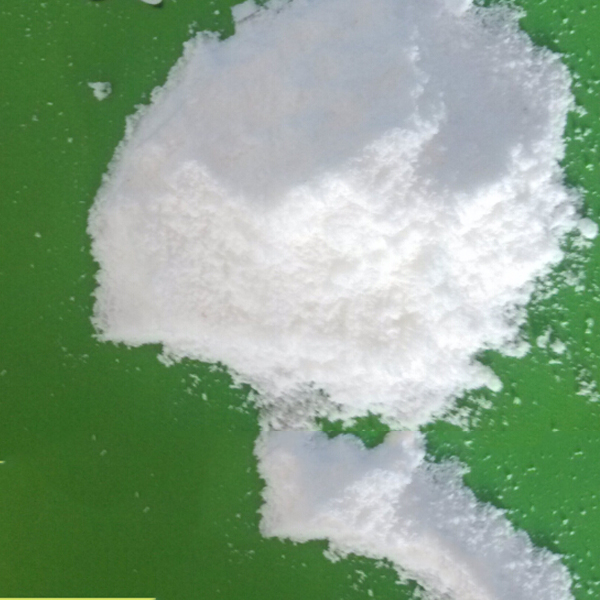
News
Nov . 19, 2024 16:02 Back to list
The Role of EDTA as a Chelating Agent in Various Applications
The Role of EDTA as a Chelating Agent
Ethylene diamine tetraacetic acid, commonly known as EDTA, is a versatile and widely used chelating agent in various fields, including chemistry, medicine, and environmental science. As a chelating agent, EDTA binds to metal ions, forming stable complexes that can significantly influence chemical reactivity and biological interactions. This article explores the importance of EDTA as a chelant, its mechanisms of action, applications, and safety considerations.
Mechanism of Action
EDTA is a polyamino carboxylic acid that can chelate metal ions through its four carboxylate groups and two amine groups. The structure of EDTA allows it to wrap around metal ions, effectively grabbing them and preventing them from participating in reactions that may be harmful or lead to precipitate formation. This ability to form stable complexes with a variety of metal ions—such as calcium, lead, cadmium, and iron—makes EDTA an invaluable tool for controlling metal ion availability and reactivity in various systems.
The binding affinity of EDTA for different metal ions is not uniform; it displays a higher affinity for some metals over others. For instance, it forms particularly strong complexes with transition metals, which are often implicated in catalytic processes and toxicological scenarios. Additionally, the pH of the environment can influence the effectiveness of EDTA as a chelant. At high pH levels, EDTA is more effective at binding metal ions, while at lower pH levels, its ability to chelate can diminish.
Applications of EDTA
1. In Medicine EDTA is commonly used in the medical field for treating heavy metal poisoning, particularly lead and mercury poisoning. The chelation process helps to remove these toxic metals from the bloodstream, allowing for safer elimination from the body. Furthermore, EDTA is used in certain diagnostic procedures, such as in the measurement of calcium and magnesium levels in blood samples.
edta as chelant

2. In Agriculture In agriculture, EDTA is used as a component in fertilizers to improve the bioavailability of essential nutrients, particularly micronutrients like iron. These chelated forms of nutrients are more easily absorbed by plants, which can enhance growth and yield.
3. In Industry EDTA is utilized in a variety of industrial applications, including water treatment processes, where it helps to prevent scaling and corrosion in pipes and boilers by binding free metal ions. In the food industry, EDTA acts as a preservative, maintaining the color and flavor of products by preventing metal-catalyzed oxidation.
4. In Environmental Science EDTA is employed in remediation strategies for contaminated soils and water. By complexing harmful metal ions, EDTA can enhance the mobility of these pollutants, facilitating their extraction or breakdown through various environmental processes.
Safety and Environmental Considerations
Despite its benefits, the use of EDTA raises concerns regarding its environmental impact. Once EDTA enters the environment, it is persistent and can potentially mobilize heavy metals, making them bioavailable to organisms, which can lead to toxic effects. The challenge lies in balancing the benefits of EDTA in metal removal and remediation with the risks associated with its persistence and effects on ecosystems.
Conclusion
EDTA remains a cornerstone chelating agent in numerous fields due to its ability to form stable complexes with metal ions. Its applications in medicine, agriculture, industry, and environmental science demonstrate its versatility and importance. However, responsible use and thorough understanding of its environmental implications are essential to mitigate potential risks. As industries and researchers continue to innovate, the future could see the development of more biodegradable or less persistent chelating agents, paving the way for safer alternatives without sacrificing efficacy. In the meantime, EDTA serves as a vital tool in managing metal ions, contributing to both our understanding and manipulation of chemical processes in nature and society.
-
Polyaspartic Acid Salts in Agricultural Fertilizers: A Sustainable Solution
NewsJul.21,2025
-
OEM Chelating Agent Preservative Supplier & Manufacturer High-Quality Customized Solutions
NewsJul.08,2025
-
OEM Potassium Chelating Agent Manufacturer - Custom Potassium Oxalate & Citrate Solutions
NewsJul.08,2025
-
OEM Pentasodium DTPA Chelating Agent Supplier & Manufacturer High Purity & Cost-Effective Solutions
NewsJul.08,2025
-
High-Efficiency Chelated Trace Elements Fertilizer Bulk Supplier & Manufacturer Quotes
NewsJul.07,2025
-
High Quality K Formation for a Chelating Agent – Reliable Manufacturer & Supplier
NewsJul.07,2025
